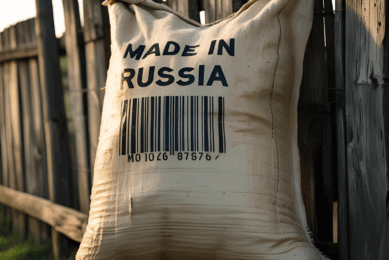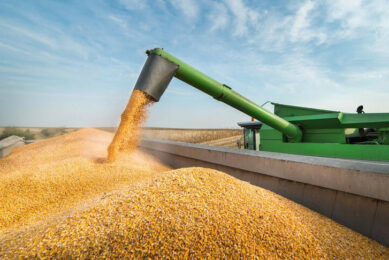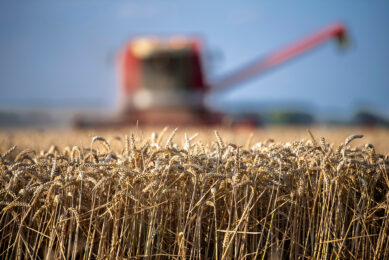Wheat markets react to drone strike in Russia and China demand slump

Wheat prices rose on international futures markets on Monday due to heightened tensions caused by the destruction of Russian bombers last weekend.
Russia-Ukraine tension drive price rise
The international wheat market showed an upward movement on Monday due to increased tensions between Russia and Ukraine following the drone attack on air bases in Russia. Dozens of bombers have been destroyed. But the lack of immediate retaliation and the launch of new peace negotiations in Istanbul prevented further escalation for the time being. Quotes on the international wheat markets therefore did not rise further on Tuesday.

Rain eases drought concerns
Weather remains a key factor influencing wheat markets. While recent rain has eased concerns about drought damage in Central and Northern Europe, especially in key production areas, price pressures remain. The German DRV has cautioned that some crops were still affected by earlier drought and late frost.
Strong harvest outlook in US
In the US, wheat harvest prospects look strong, and overall conditions across the Northern Hemisphere remain favourable. Importing countries expect further price declines and are cautious about making new purchases.
China’s role in wheat markets
A lot will depend on China in the 2025-26 season. In the current marketing year, China has sharply cut wheat imports drawing heavily on domestic reserves. The United States Department of Agriculture (USDA) expects imports of only 3.5 million tons, which is a decline of more than 10 million tons year-over-year. This sharp decline was completely unexpected. At the start of the 2024-25 season, the USDA had projected Chinese demand of 11 million tons of wheat. France and Australia in particular are feeling the consequences of this decline.
Unexpected drop in demand
One bright spot is that Egyptian state grain buyer Mostakbal Misr has agreed to purchase about 180,000 tons of French wheat. This is a sign of growing acceptance of the EU and especially of France as a trading partner.











